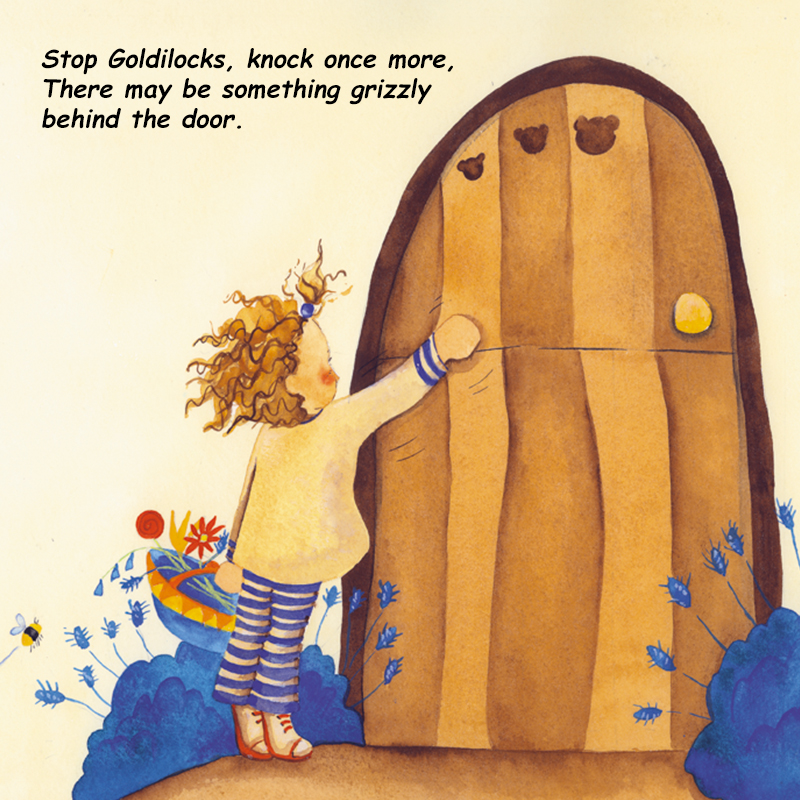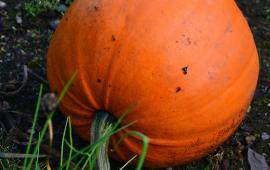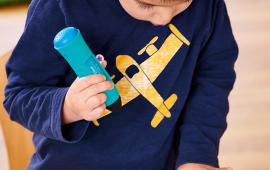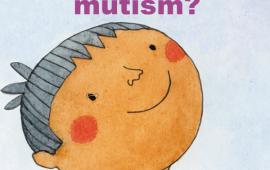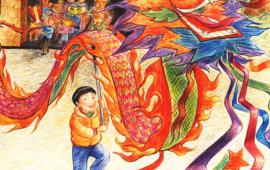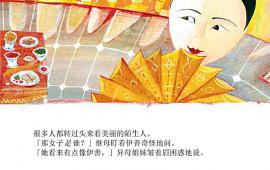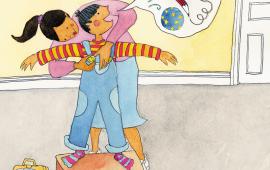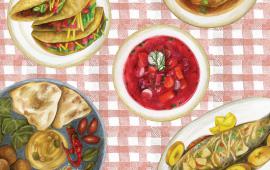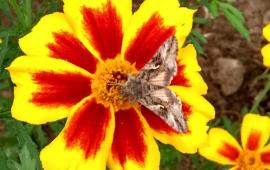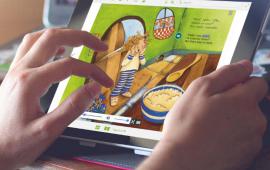Poet laureate or children's laureate - what's the difference?
You’ve probably guessed that we love all things storytelling here at Mantra Lingua. We don’t mind if it takes the form of a picture book, or a dramatic performance, or a story or song with actions, or (one of our favourites) rhyme or chanting. And we’re always delighted to hear about new story champions for children. Now that the dust has settled from the excitement of the appointment of Cressida Cowell as Children’s Laureate for the next two years, we thought we’d take a quick look at what “Laureate” actually means.
A poet laureate is a poet (or poets) appointed, usually by a government or other significant institution, with the task of composing poems for special occasions of state – Royal Weddings, anniversaries, and other celebrations. In Britain, Henry VII, the first Tudor King, was the first to appoint a poet laureate, Bernard André, although the royal office of Poet Laureate dates from 1668, when John Dryden took up his post.
The role of Children’s Laureate is a little different. It’s a role conferred every two years on a writer or illustrator of children’s books: 2019 marks the 20th anniversary of the first time the role was awarded, to Quentin Blake. Britain isn’t the only country to have such a role: Holland has the Kinderboekenambassadeur, Sweden has a Läsamabassadör, Ambassador for reading, and Ireland has the Laureate na nÓg. Australia and the United States of America also have comparable roles and Wales has its own post of Children’s Laureate.
We love the whole charter, and especially the lines that say children should be able to see themselves reflected in a book; that they should be read aloud to; that children should have some choice in what they read; and that children should also have the chance to be creative for at least 15 minutes a week. We have lots of tools to help learners combine that creativity with improving oracy and literacy skills – PENpal; our elibrary, Kitabu; our range of bilingual books; our Kamishibai story cards and theatre; interactive talking playmats; and our viVOS device.
We’re looking forward to seeing what the new Children’s Laureate gets up to – as long as it helps get children reading, it has to be good!
Further Reading
Unless otherwise stated, all references were successfully accessed on 16 August 2019
A poet laureate is a poet (or poets) appointed, usually by a government or other significant institution, with the task of composing poems for special occasions of state – Royal Weddings, anniversaries, and other celebrations. In Britain, Henry VII, the first Tudor King, was the first to appoint a poet laureate, Bernard André, although the royal office of Poet Laureate dates from 1668, when John Dryden took up his post.
The role of Children’s Laureate is a little different. It’s a role conferred every two years on a writer or illustrator of children’s books: 2019 marks the 20th anniversary of the first time the role was awarded, to Quentin Blake. Britain isn’t the only country to have such a role: Holland has the Kinderboekenambassadeur, Sweden has a Läsamabassadör, Ambassador for reading, and Ireland has the Laureate na nÓg. Australia and the United States of America also have comparable roles and Wales has its own post of Children’s Laureate.
We love the whole charter, and especially the lines that say children should be able to see themselves reflected in a book; that they should be read aloud to; that children should have some choice in what they read; and that children should also have the chance to be creative for at least 15 minutes a week. We have lots of tools to help learners combine that creativity with improving oracy and literacy skills – PENpal; our elibrary, Kitabu; our range of bilingual books; our Kamishibai story cards and theatre; interactive talking playmats; and our viVOS device.
We’re looking forward to seeing what the new Children’s Laureate gets up to – as long as it helps get children reading, it has to be good!
Further Reading
Unless otherwise stated, all references were successfully accessed on 16 August 2019
- Children’s Laureate (2019), Wikipedia, last updated 10 July 2019, https://en.wikipedia.org/wiki/Children%27s_Laureate
- Eyre, C. (2019), Cressida Cowell selected as new Children’s Laureate, The Bookseller, 9 July 2019, https://www.thebookseller.com/news/cressida-cowell-announced-new-children-s-laureate-1036121
- Poet Laureate (2019), Wikipedia, last updated 28 July 2019, https://en.wikipedia.org/wiki/Poet_laureate
Related Posts
-
Autumn Celebrations: Day of the Dead, Diwali and Halloween
-
Tiny Happy People - Beautifully Bilingual
-
What is Selective Mutism?
-
Chinese New Year: Year of the Pig
-
Dual Language Books - A Whistle Stop Tour
Mantra Lingua dual language Books: some questions
-
Language sponges of the world unite – how effective are bilingual books in early years education?
-
Bon Appetit – Our Tactile Talking Menus Help You Sound Things Out
-
Marigolds - Treasured Gardens in Lockdown
-
Once Upon a Storytime
-
‘Brain breaks’ for new arrivals – art activities to help transitions to a new school

